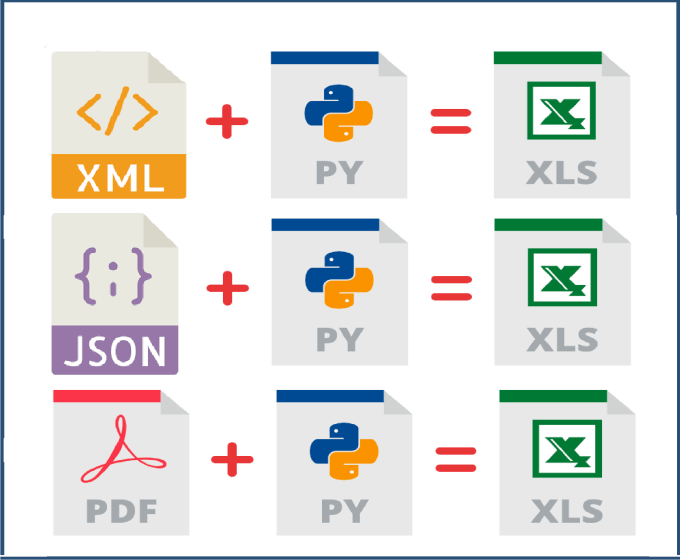

If the JSON file has a different structure, you may need to adjust the code accordingly.

In the example I provided, the JSON file is an array of objects, with each object having the same keys. It is essential to mention that the structure of the JSON file should match the structure that is expected by the code. To convert our Json file, there is a function in Pandas. The file can be generated from different sources, such as an API or data scraping, or it could be a file that you have created on your own. How to Parse and Convert JSON to CSV in Python WebConverting JSON file to CSV file using Pandas. It could be any file that has a valid JSON format, such as a file containing information about products, customers, or weather data. The data.json file in the previous example is a file that contains data in JSON format. Please note that this code assumes that the JSON file is an array of objects, each having the same keys. The fieldnames for the writer are set to the keys of the first element of the data. Then, it creates a new CSV file and uses the CSV module’s DictWriter() class to write the data to the file. In this example, the code first opens the JSON file using the open() function and the JSON module’s load() function, which reads the file’s contents and converts it to a Python object. A python package to convert the CSV (Comma Separated values) format files to the JSON (JavaScript Object Notation) files and vice versa i.e.

# Create a new CSV file and write the data with open( 'data.csv', 'w', newline = '') as csv_file: Import csv import json # Open the JSON file with open( 'data.json') as json_file:


 0 kommentar(er)
0 kommentar(er)
